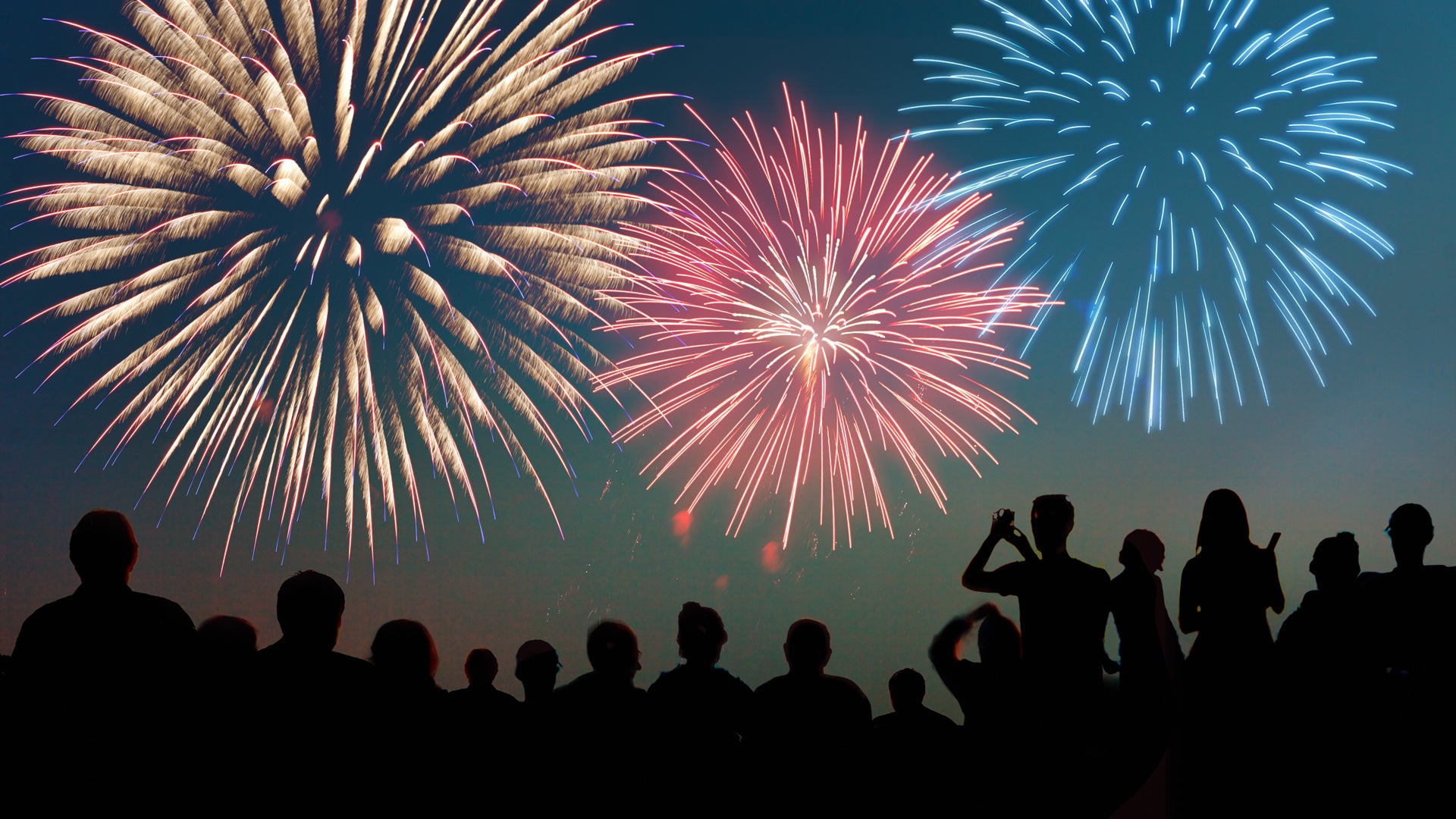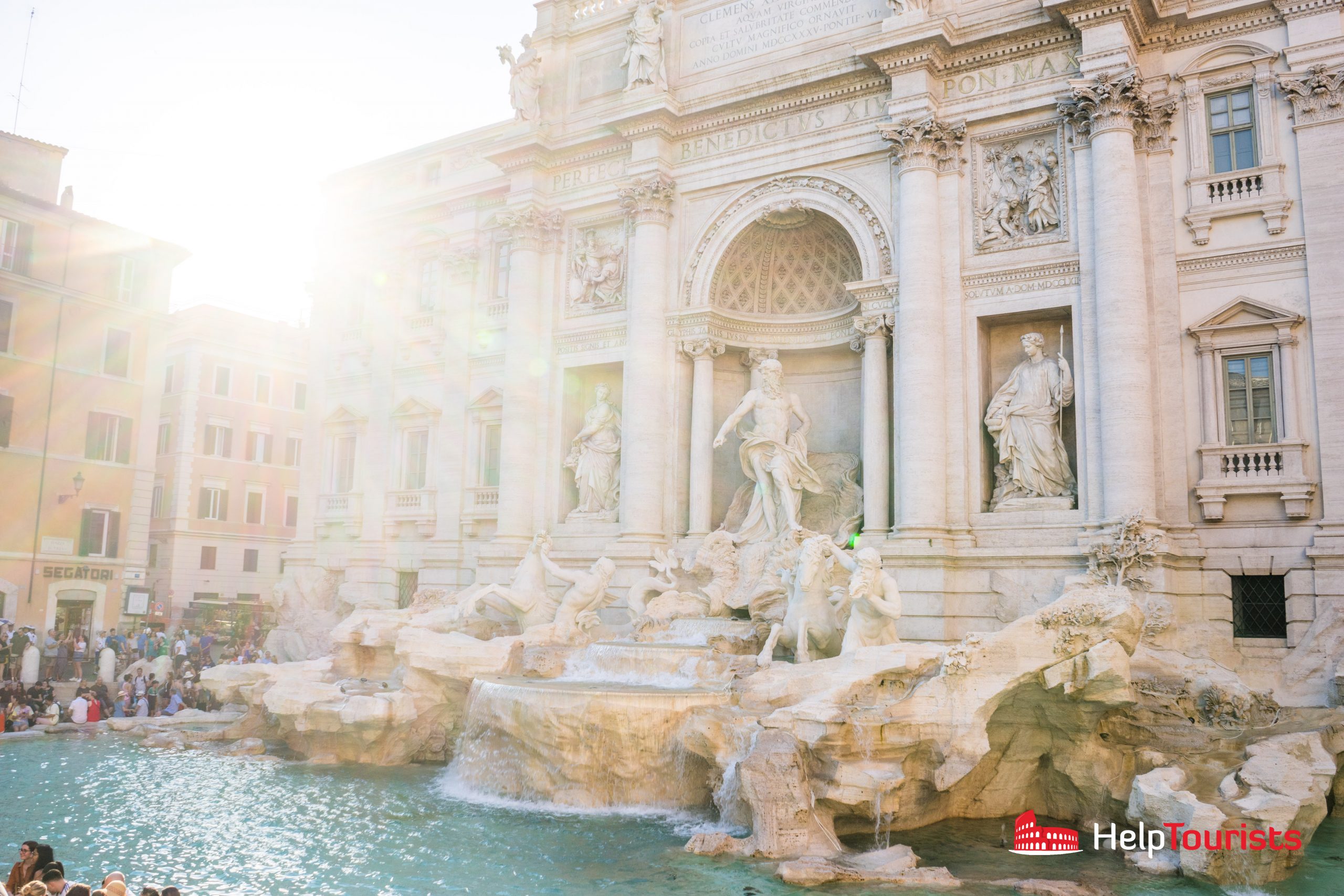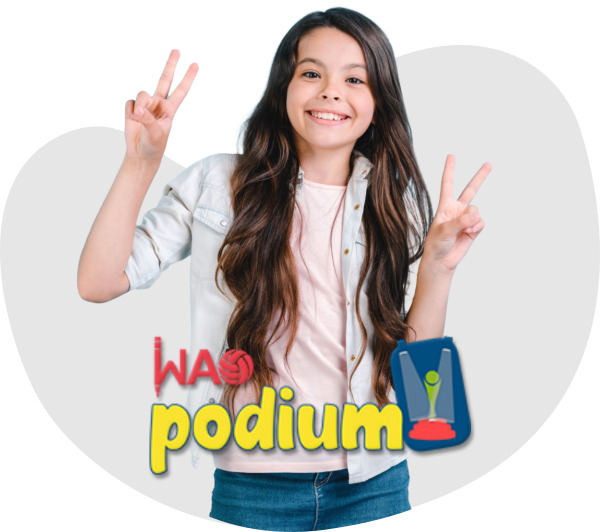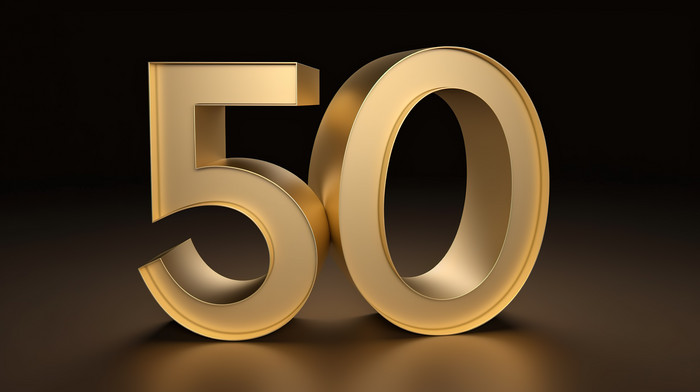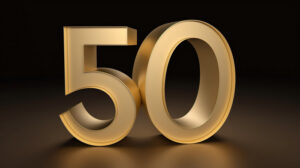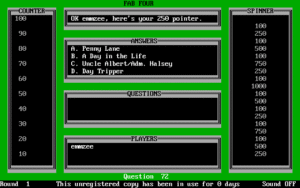The 4th of July, also known as Independence Day, is a pivotal celebration in the United States, teeming with history, fireworks, and various traditions. But what do you really know about this iconic holiday? Have you ever pondered how these celebrations originated, or what hidden customs have emerged over the years? This article aims to unravel fascinating facts about the 4th of July, examining its historical significance, the spectacle of fireworks, and the rich tapestry of traditions that accompany this day.
The Historical Context of Independence Day
The roots of the 4th of July can be traced back to the Revolutionary War, a defining era that shaped the United States. On July 2, 1776, the Continental Congress voted for independence from Great Britain, marking a monumental turning point. However, it was not until July 4 that the Declaration of Independence, primarily authored by Thomas Jefferson, was adopted. This document articulated the colonies’ desire for liberty and detailed the philosophical underpinnings of human rights. The significance of this declaration cannot be overstated; it was a revolutionary statement that inspired not only the American revolutionaries but also numerous other freedom movements around the globe.
As you celebrate, consider this: How much do you appreciate the sacrifices made by those early patriots? This holiday serves as a reminder of their struggle and an opportunity to reflect on the principles of liberty and equality.
Celebratory Fireworks: A Dazzling Tradition
Fireworks are an essential component of 4th of July festivities, creating a vibrant display that lights up the night sky. This tradition dates back to the first anniversary of independence in 1777, when fireworks were set off in Philadelphia. The spectacle was used to symbolize joy and honor the newly formed nation. The color, noise, and sheer excitement of fireworks evoke a sense of patriotism that is palpable across the country.
Interestingly, the colors of the fireworks have significance. Red, white, and blue are the hues that embellish the skies, representing the American flag and the nation’s ideals. The American Pyrotechnics Association estimates that over 14,000 community firework displays occur throughout the country each year, showcasing a tradition that has endured for centuries. Have you ever thought about the chemistry at play in these explosive displays? Fireworks achieve their vibrant colors through the combustion of different metal salts. For instance, strontium produces red, barium yields green, and sodium generates yellow. It’s a dazzling intersection of art and science!
Traditions That Define Independence Day
The 4th of July is characterized by a plethora of customs, many of which vary regionally but share a common American spirit. Barbecues and picnics are among the most favored traditions, with families and friends gathering to enjoy grilled meats, corn on the cob, and an array of side dishes. This communal dining experience not only nourishes the body but nurtures relationships, creating a sense of belonging.
Additionally, parades are a hallmark of the celebrations, with cities large and small hosting vibrant processions. These parades often feature marching bands, floats, and patriotic displays, fostering a sense of community pride. Did you know that the largest 4th of July parade occurs in Bristol, Rhode Island? This historic town boasts a parade that dates back to 1785, making it the oldest continuous Independence Day celebration in the United States.
Moreover, many Americans partake in the custom of reciting the Pledge of Allegiance or singing patriotic songs, such as “The Star-Spangled Banner” or “America the Beautiful,” further solidifying their connection to the nation. These songs evoke emotions and reinforce collective memories—an integral aspect of celebrating national identity.
Modern-Day Celebrations
While traditional practices remain entrenched in the holiday’s identity, modern interpretations have emerged. In the age of social media, many families share their 4th of July experiences online, documenting everything from firework displays to family gatherings. This digital shift offers a new dimension to the celebration, inviting wider participation and connection through shared experiences.
The consumption of beverages, particularly those with a local twist, is also part of contemporary festivities. Many breweries release special Independence Day brews, often branded with the holiday theme, adding a unique flavor to the celebrations. Have you ever tasted a limited-edition craft beer made specifically for the 4th of July?
Challenges of Celebration
As with any holiday, the 4th of July is not without its challenges. Safety concerns related to fireworks are perennial issues. The National Fire Protection Association emphasizes caution, as thousands of injuries occur each year due to improper use of fireworks. Additionally, in recent years, environmental considerations have surfaced. Residents are increasingly aware of the environmental impact of fireworks, urging a shift towards alternative, eco-friendly celebrations. How might you adapt your 4th of July celebrations to be more inclusive and sustainable?
The 4th of July serves as a cornerstone of American national pride, blending history, celebration, and tradition into a single day of festivity. It is a reminder of the sacrifices made for liberty and represents the spirit of freedom that the nation upholds. As fireworks illuminate the skyline and the aroma of grilled foods wafts through the air, take a moment to resonate with the significance of this day and consider how it shapes your own understanding of what it means to be an American.
